Angular
Our Angular course provides comprehensive training in building modern web applications with Google's powerful frontend framework. You'll learn to create dynamic, single-page applications using components, services, and Angular's declarative templates.
Course Highlights
Skills You'll Gain
- Set up Angular development environment
- Create components and data bindings
- Use directives and pipes
- Implement services and dependency injection
- Handle HTTP requests with RxJS
- Navigate with Angular Router
- Validate forms and implement authentication
- Deploy applications with Docker
Our Graduates Work At


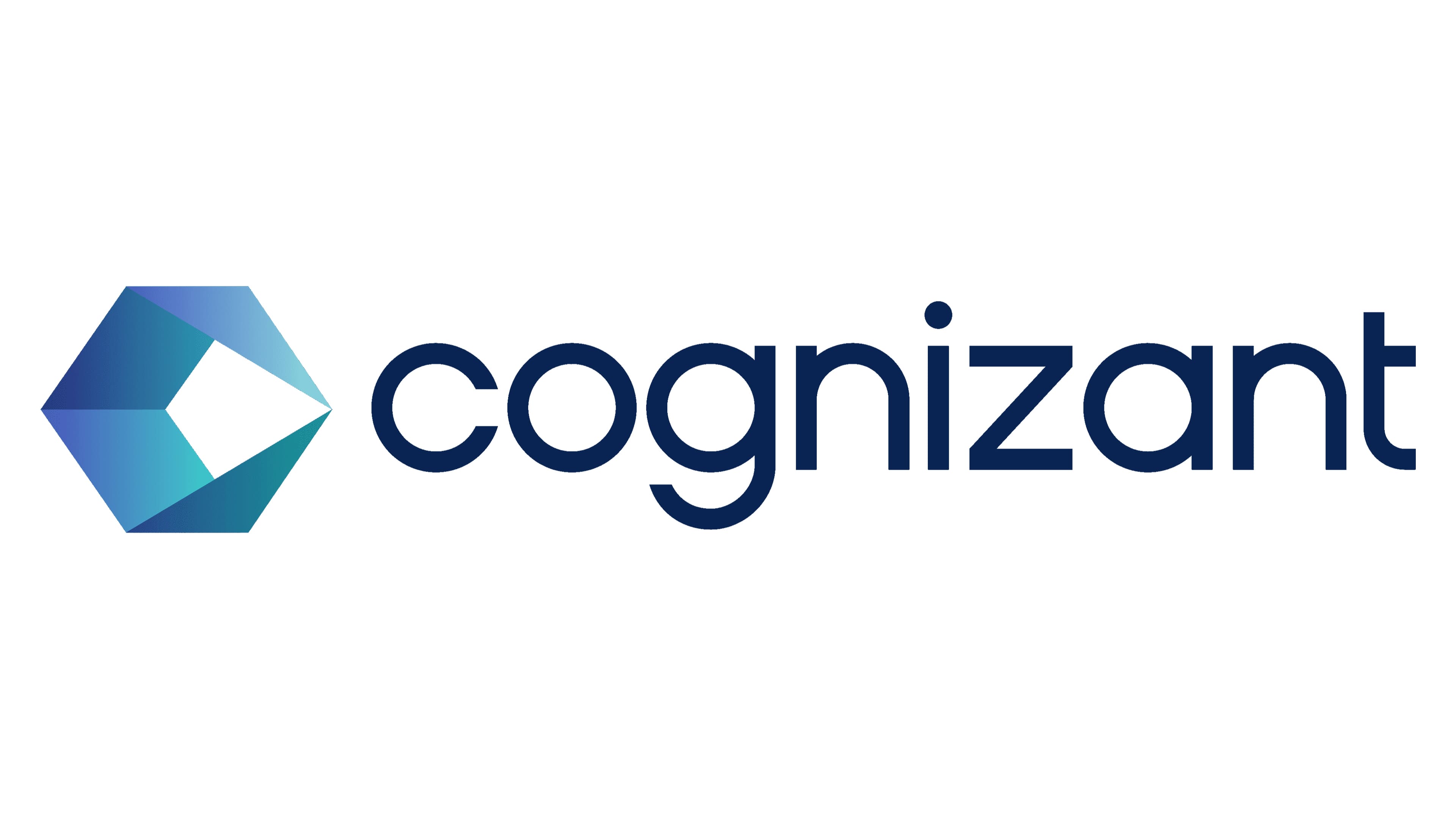
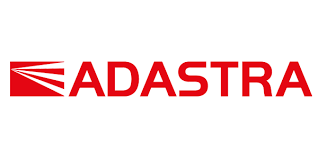

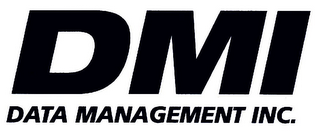
Course Curriculum
- Building Blocks of Web Application Development
- Introduction to Angular
- Angular Architecture
- Building blocks of Angular
- Angular Installation
- Angular CLI
- Angular CLI commands
- Understanding files in Angular
- Working of Angular Applications
- Angular App Bootstrapping
- Angular Modules
- Decorators and its types
- Angular Components
- Creating A Component Through Angular CLI
- Ways to specify selectors
- Template and styles
- Installing bootstrap to design application
- Understanding Angular Directives
- @Component Directive
- Structural Directives
- Attribute Directives
- Custom Directives
- Pipes
- Built-in Pipes
- Chaining pipes
- Custom pipes
- PipeTransform Interface & Transform Function
- Angular service
- Need for a service
- Dependency Injection
- Creating a service
- Hierarchical Injector
- Injecting a Service into Another Service
- Observables
- RxJS Library
- Angular's Interaction with Backend
- Parts of an Http Request
- HttpClient
- Angular Router
- Setting Up Routes
- Adding Routes Using RouterLink
- Wildcard and Redirecting Routes
- Adding Navigation Programmatically
- Passing Route Parameters
- Extracting Parameters Using ActivatedRoute
- Optional Route Parameters
- Child Routes
- Route Guards
- Location Strategies
- Angular forms
- Types of forms
- Underlying building blocks of the form model
- Template-driven vs Reactive forms
- Template-driven forms
- Reactive Forms
- Dynamically adding data to a form
- What is Form Validation?
- Types of Form Validation
- Built-in Validators
- Form control's status and validity
- Form Validation methods
- CSS classes for Form control
- Custom validators in Template Driven Forms
- What is Authentication?
- Authentication and authorization
- Types of Authentication
- Where to store tokens?
- JSON Web Tokens (JWT)
- Authentication in Angular application
- Security threats in web application
- Testing
- Why should we perform testing?
- Types of testing
- Testing Angular application using Jasmine and Karma
- Maintaining application code using Git
- Version control system
- Why should we use Git?
- Git file workflow
- Running application on production server: Nginx
- Architecture of Nginx
- How to configure Nginx?
- Deployment of an application using Docker
- Problems before containers
- How containers solve the problems
- What is Docker?
- Docker file
- Docker image
- Docker containers
- Docker hub
- Basic Docker commands

Have Questions?
Book a free consultation with our experts
ICLP Certification
Earn a recognized credential that validates your technical expertise and opens doors to new career opportunities.
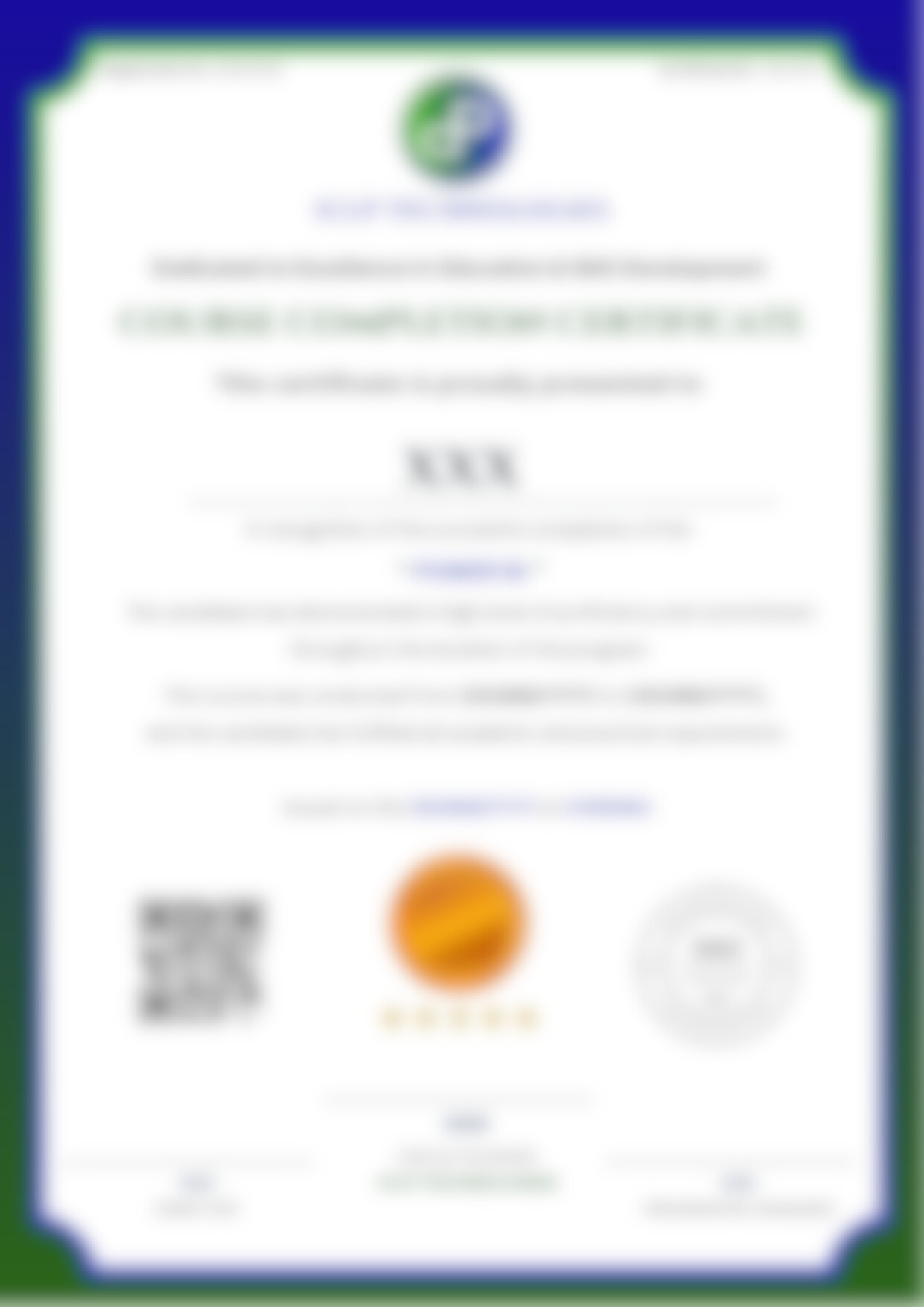
Why Learn Angular?
- Full-fledged framework with batteries included
- TypeScript for better tooling and scalability
- Strong corporate backing from Google
- Good for large-scale applications
- Comprehensive documentation
- Strong community support
- Two-way data binding
- Dependency injection
- Modular architecture
- Good for enterprise applications
Our Hiring Partners
Top companies where our graduates work








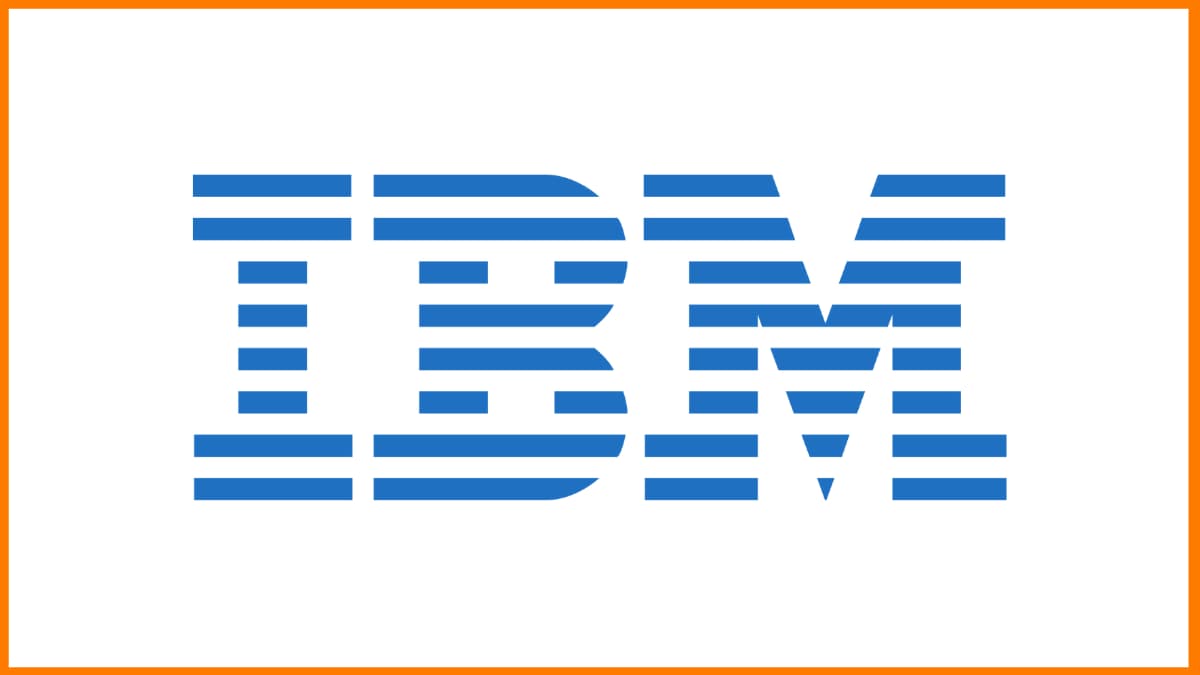

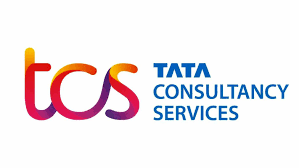

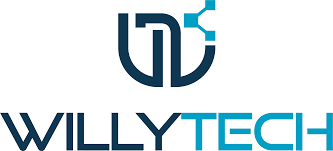
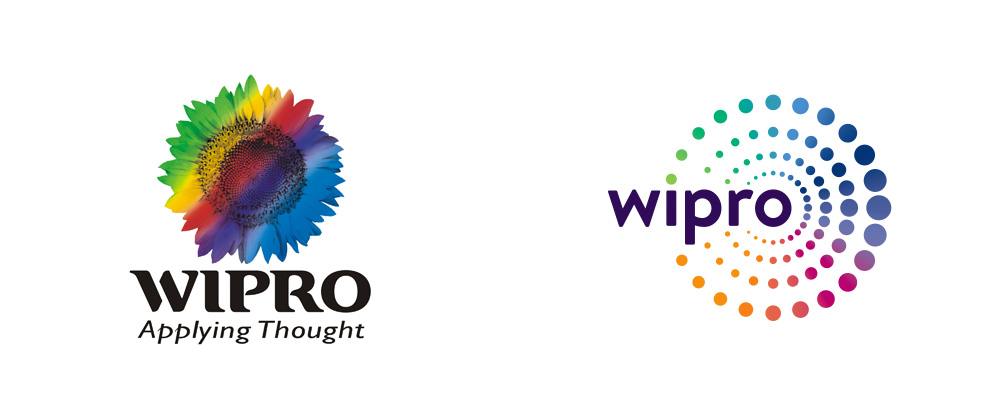

Reviews
Average rating: 4.8/5 (1,000+ learners)
Angular FAQs
Find answers to common questions about this course
Angular is a TypeScript-based framework for building client-side web applications, offering structure, reusable components, and powerful tools for complex apps.
AngularJS (1.x) is the older MVC framework using JavaScript. Angular (2+) is completely rewritten using TypeScript, components, and modern architecture.
Components, modules, services, directives, pipes, templates, and dependency injection form Angular's architecture, with RxJS for reactive programming.
TypeScript is a typed superset of JavaScript that compiles to plain JavaScript, bringing static typing, interfaces, and better tooling for large applications.
DI is a design pattern where classes receive dependencies from external sources rather than creating them, making components more modular and testable.
Angular supports interpolation {{}}, property binding [], event binding (), and two-way binding [()] to sync component class and template.
Directives extend HTML behavior. Components are directives with templates. Structural directives (*ngIf, *ngFor) change DOM layout. Attribute directives alter element appearance/behavior.
Command Line Interface tool for initializing, developing, scaffolding, and maintaining Angular applications with commands like ng new, ng generate, ng serve.
RouterModule defines routes mapping URLs to components. RouterOutlet is a placeholder for routed views. RouterLink navigates between views without full page reloads.
Build with ng build --prod (creates dist/ folder), then deploy the static files to any web server (Nginx, Apache) or platforms like Firebase, Netlify, Azure Static Web Apps.
Ready to Start Your Angular Journey?
Limited seats available for the next batch
Explore Our Courses
Discover the perfect course to advance your career



